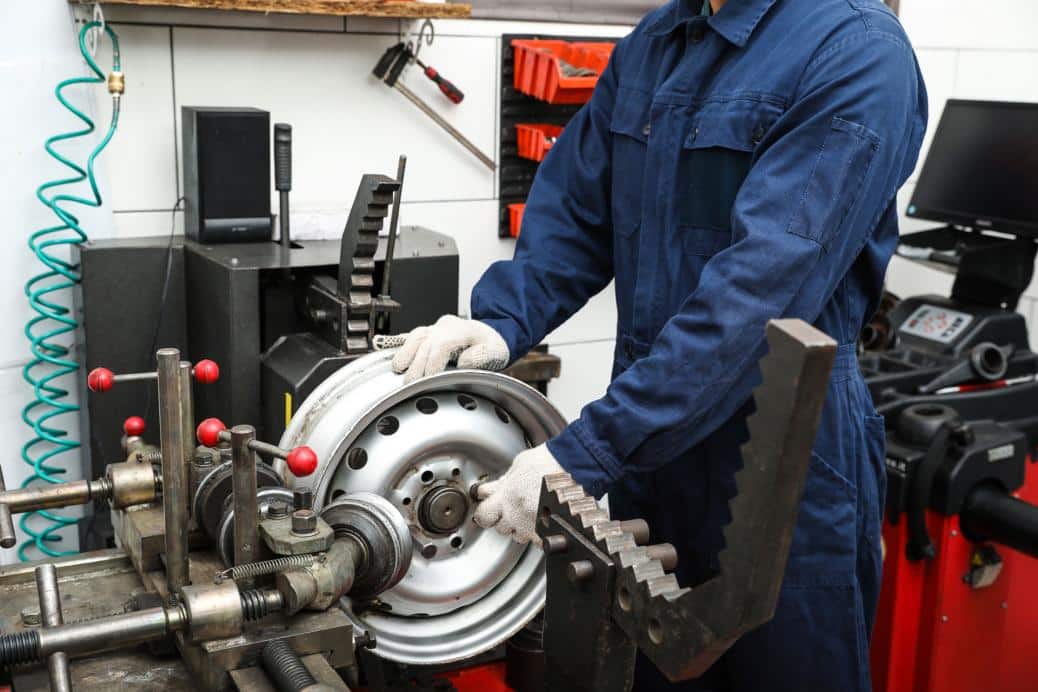0 items - £0.00
No products in the basket.

A lathe is often involved if you’ve ever wondered how the automotive industry makes all those parts. The two main types of lathes used in the automotive sector are engine lathes and turret lathes. In comparison, there are other types of machine tools used for this purpose, most manufacturing processes that involve a rotating tool use one or both of these types of machines.
By using geometry, an engineer can determine what type of cut or shape is required to create a specific part on a particular type of lathe (and whether it’ll work). Once everything is set up, the machinist can make any number of parts hassle-free. For example, lathes are used for cutting and trimming handwheels to get the perfect shape and size, as this guide by Reid Supply shows. However, there are other ways they are utilized in the industry. Read on to learn more.
Valve seats are the parts of an engine that seal the valves. They’re made from either steel or aluminum and can be used in naturally-aspirated and forced induction engines. Valve seats are usually machined on a lathe, a machine that allows you to shape metal using abrasive techniques.
One of the most common uses for a lathe is to cut and sand wheel rims. Wheels are vital to the function and safety of any vehicle, so they’re made in many different sizes, shapes, materials, and styles. They must be sturdy enough to withstand the force applied by road conditions while supporting thousands of pounds per wheel. Additionally, their shape must allow them to rotate freely without damage or wear that could compromise their function or lead to accidents on the road. The perfect shape and size also make cleaning the wheels easy and stress-free.
One of the essential functions of a lathe is to bore holes in engine blocks. It may seem simple enough, but you must consider several details to achieve optimal results. First, it’s important to note that not all holes will be the same size. It depends on the piston used for each particular engine and its corresponding bore size, which varies.
The second step in drilling these cylinders involves ensuring that they are smooth and round enough for proper operation. You wouldn’t want an air bubble stuck halfway through your cylinder block. Thirdly, if you’ve ever taken apart an engine or studied one closely, you know many engines have visible bores instead of enclosed walls around them. It means that you cannot drill straight into your cylinder without accounting for any angles made by connecting rods or other moving parts within your engine block itself, as you’ll risk damaging vital components.
Engine blocks are cast iron and machined to accept the crankshaft, pistons, and camshaft. The engine block is machined to accommodate the oil pump, water pump, and distributor. When thinking about how lathes are used in automotive manufacturing, think about the precision required to make an engine block fit well with its components. Engine blocks need to be made with great attention to detail because they’re part of what keeps your car running smoothly.
Crankshafts are used in engines. They’re made of steel and must be machined to the correct size, shape, and tolerance. The lathe is used to make this part. The design of the crankshaft has been drawn on paper by a designer who understands how it should look when finished. This drawing is then transferred onto the wood or metal using a template so that it can be cut out with precision using machineries like a router or drill press. It creates holes that need to be drilled into parts to fit together without any gaps (known as ‘clearance’). The next step involves cutting off the excess material around the edges using saws, where lathes are applied.
Bearings are a primary component in many machines, from cars to drill presses. Lathes create bearings for various purposes like automotive components and other industrial products. In addition, lathes can be used to make the tools that make bearings or perform other machining tasks such as making metal parts for aviation or aerospace applications.
You can use the lathe to make various parts, including fuel injection and engine valves. Car engines are complex mechanisms with multiple components that require precision machining. Lathes are used to manufacture these parts to achieve the accuracy needed to produce hard-to-manufacture pieces such as fuel injectors or intake manifolds. You would do this with the required accuracy to get the work done the right way.
Conclusion
A lathe is an ideal tool for the automotive industry in many ways. Lathes make parts for engines, transmissions, and other components. You can also use them to repair damaged car parts by turning down or removing the defective area with precision. With all these, it’s apparent that lathes simplify processes and improve productivity.

Development Office, Unit 211 East London Works, London, E1 1DU
© 2017 3Dom Wraps | Terms & Conditions | Privacy
Created with love @ 